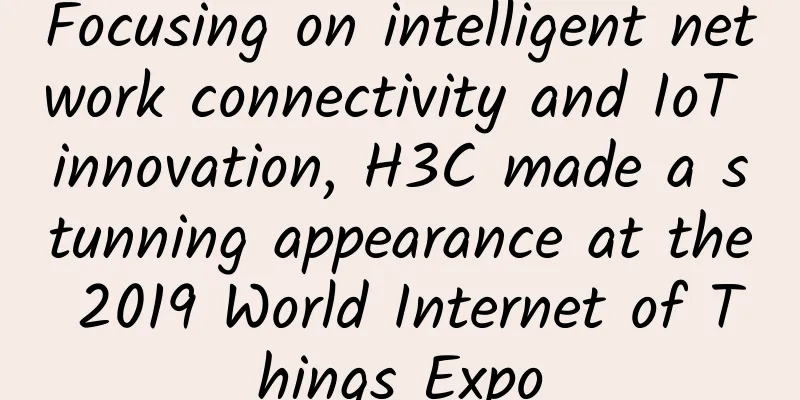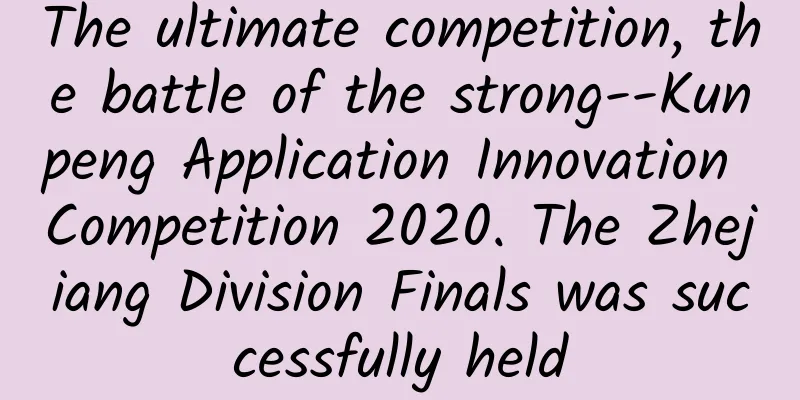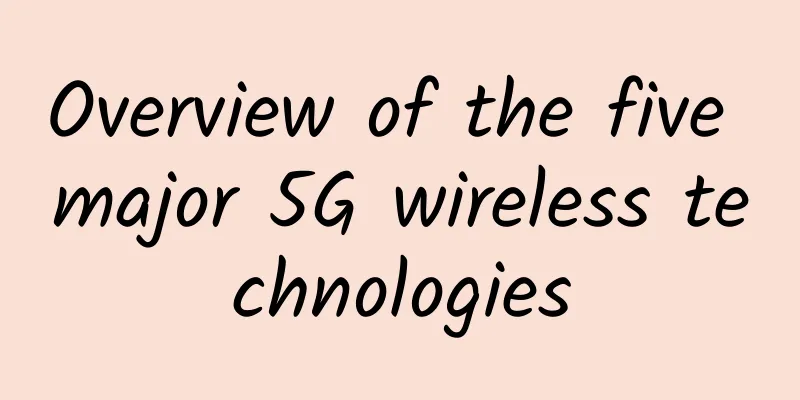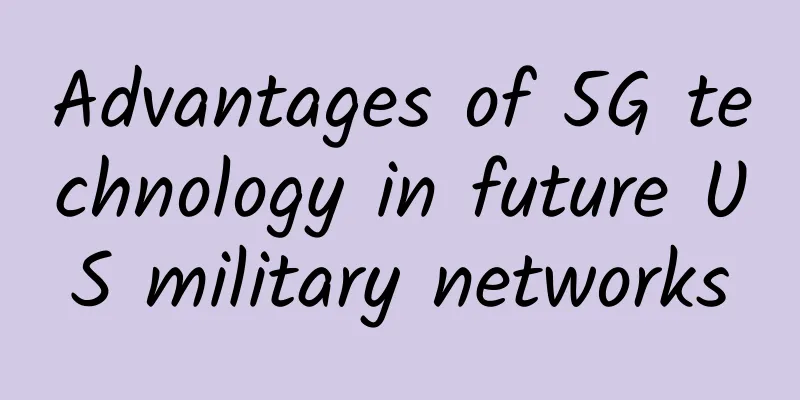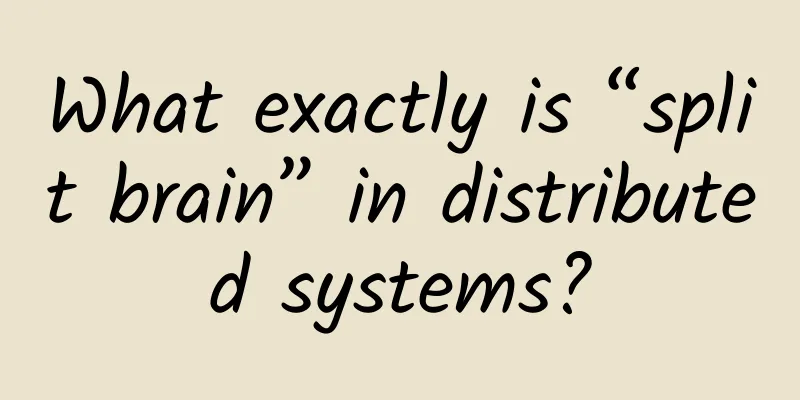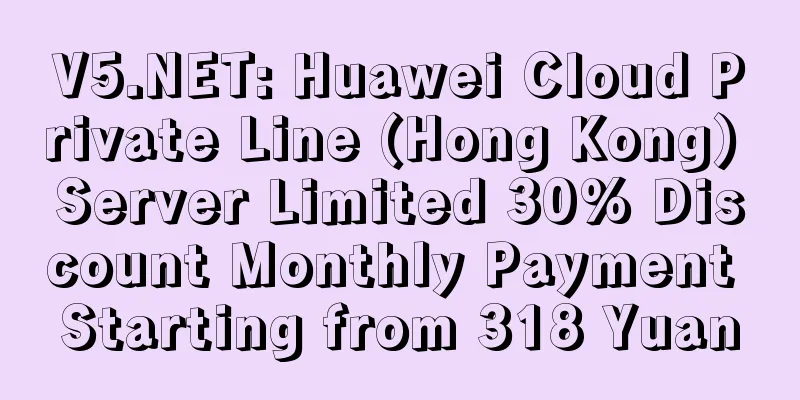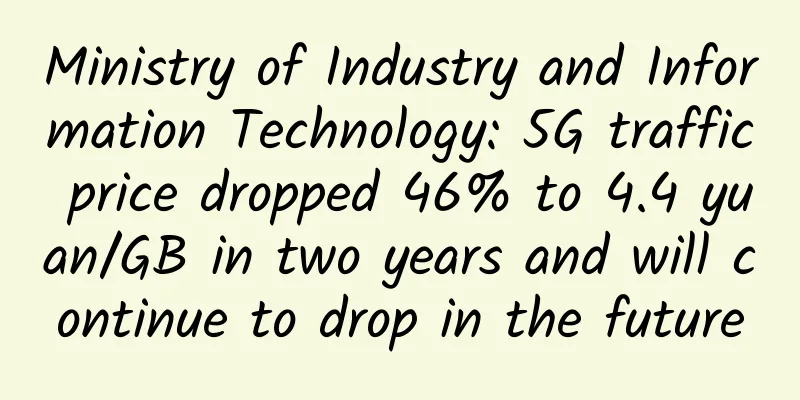How blockchain can change the way SMEs conduct business
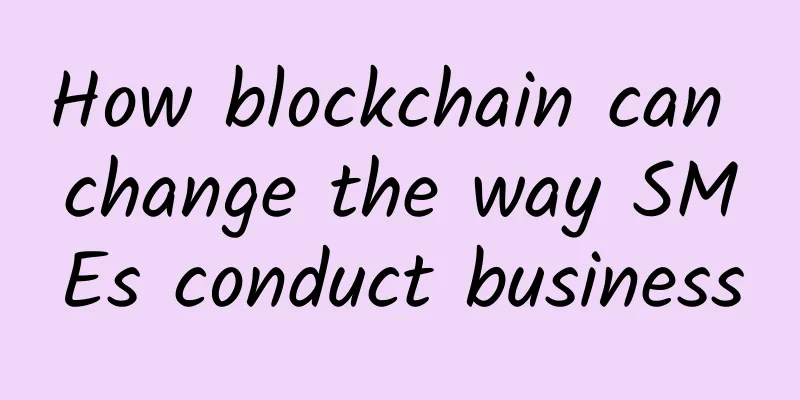
|
As the application of blockchain technology increases, companies of all types and sizes, in any industry, and in every region, from payments and transactions to contracts and identity recognition, may be disrupted, including small and medium-sized enterprises. Blockchain technology can be used to facilitate online payments through cryptocurrencies such as Bitcoin. A blockchain is a record of all digital transactions, referring to a chain of digital transactions recorded in a distributed ledger. A group of verified transactions is a "block." As more and more transactions are confirmed and added to the original block, a chain is created. Blockchain technology can also be used to manage data storage and facilitate transactions. The generated blockchain is permanent and cannot be deleted. The distributed ledger can be updated in real time and every transaction is visible. Because all participants can see the ledger at the same time, each participant can add new transaction data without the need for an intermediary.
With the advent of blockchain, transactions no longer require a trusted third party, and people can send funds directly to unknown parties. Three factors have made blockchain technology stand out: Since each blockchain is distributed and can be operated by computers in any corner of the world, hackers cannot access the central database, which makes the blockchain very secure. The blockchain is open source, and anyone can access the distributed ledger, but this ledger cannot be modified, and people cannot steal Bitcoin. Due to the cumbersome encryption required, blockchain is more secure than most centralized organizations. The application of blockchain is not limited to tracking financial transactions, but can also be used to record a wide range of information from birth, death, marriage to supply chain activities, identity verification, etc. Therefore, blockchain technology has great disruptive power and will fundamentally change the way transactions are conducted, and will affect small and medium-sized enterprises in the following seven aspects. 1. Taxation: By automatically processing withholding taxes, blockchain simplifies tax administration and directly handles verification requirements. However, blockchain also opens up the possibility of tax evasion due to its anonymity. Finally, controlling different activities and organizations is also a logistical problem. 2. Risk of insufficient debt repayment: Since transactions can be processed in real time, the risk of fraud can be effectively reduced. The automation of blockchain technology can speed up settlement. 3. Payment transactions: The Reserve Bank of Australia does not consider cryptocurrencies such as Bitcoin as a financial product and therefore they are not regulated. Small and medium-sized enterprises may need to obtain a business license if they use cryptocurrencies for payment. 4. Fraud: Due to the permanent, real-time and detailed information recorded in the blockchain, criminal activities can be identified more quickly, suspicious transactions can be better detected and funds can be tracked. 5. Errors: The distributed ledger of blockchain is automatically executable, and the probability of errors is very small, which fundamentally reduces manual operations and saves money and time. 6. Privacy: Blockchain is distributed and transparent, and SMEs must find a way to ensure that consumer privacy is not violated. 7. Governance: Governance is needed to continuously correct errors in technical codes, audit compliance, and fulfillment of legal obligations. Since control over blockchain may become a power, it must be negotiated. SMEs must be prepared to cope with the business changes brought about by blockchain technology. It is very necessary for SMEs to understand the opportunities and challenges brought by blockchain technology and start planning to participate in and utilize this technology. |
>>: Yu Xin: What does ofo want to do?
Recommend
You are still 11 certifications away from being an IT boss
There is a saying that success is not difficult, ...
New threats to blockchain platforms
According to Huobi Blockchain Research Center, pe...
Learn about FTP/FTPS/SFTP file transfer protocols in one article
Introduction to FTP FTP (File Transfer Protocol) ...
With 5G commercialization imminent, what new moves will the three major operators make?
5G pre-commercialization is imminent, and the thr...
As the wave of 5G security approaches, how can we play the 5G security card well?
From 2G to 4G, mobile networks have become an ind...
How much money has 5G burned? The accounts of the three major operators are all here
In 2020, the country's top leadership has cla...
Application scenarios are not limited to connection. H3C releases the intelligent portal system iPortal
[51CTO.com original article] On August 7, 2017, N...
V5.NET: Hong Kong CN2 server limited 30% off, dual-channel E5 monthly payment starts from 625 yuan
V5.NET is offering a limited promotion for the HK...
It’s 2022, why are there still so many network failures?
Failures happen every year, but this year they ha...
RAKsmart launches Cloud Server, starting from $7.59 for basic configuration
The tribe often shares information about RAKsmart...
Tencent Cloud Flash Sale: Cloud Server from 74 yuan/year, 1C2G6M for three years from only 219 yuan
Competition among domestic cloud server vendors i...
It will take time for 5G to achieve a breakthrough from "1 to N"
[[402114]] Recently, the Ministry of Industry and...
5G competition is not just about speed, security mechanisms need to be clarified
Currently, 5G standardization has been fully laun...
Photos: 2017 Huawei Connect Conference leaders and guests' wise words
HUAWEI CONNECT 2017 opened on September 5 at the ...
Can 6G "skip" the development of 5G? Experts: 5G is the foundation for the development of 6G
Since the beginning of this year, South Korea, Ja...
